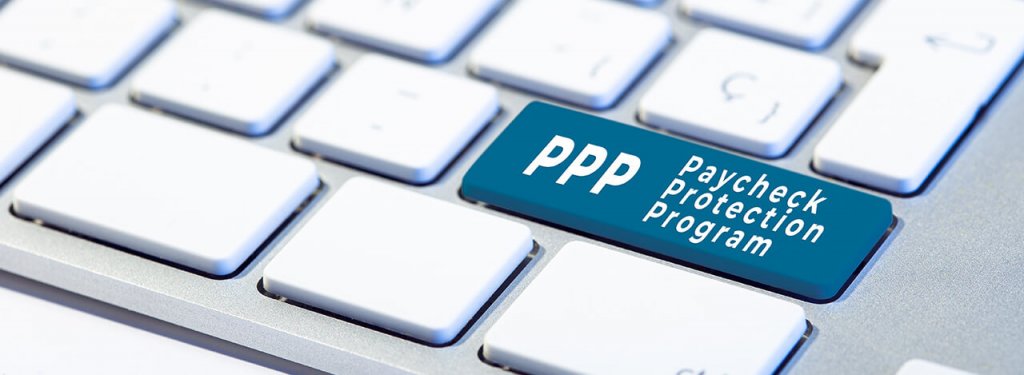The sample Paycheck Protection Program (PPP) loan forgiveness application for loan forgiveness under the PPP was made available late last week. While the sample application does not answer all the questions we have, it does provide some clarity. This article provides an overview.
Covered Period
The covered period is the eight-week period generally beginning on the date you received the loan disbursement. The application includes options for borrowers with biweekly or more frequent payroll, to compute payroll costs only using an alternative payroll covered period. The alternative payroll covered period starts on the first day of the borrower’s regular payroll period following the loan disbursement date.
Eligible Payroll Costs
The application explains that payroll costs are considered incurred on the day that the employee’s pay is earned and must be paid during the covered period. Payroll costs that are incurred during the covered period but not paid during the borrower’s last pay period within the covered period are eligible for forgiveness if paid on or before the next regular payroll date.
Owners Compensation
Amounts paid to owner-employees, self-employed individuals, or general partners is capped at $15,385 for each individual in the eight-week period or the eight-week equivalent of their applicable compensation in 2019, whichever is lower.
Non-payroll Costs Paid or Incurred:
For non-payroll costs such as mortgage interest, rent, and utilities, to qualify for forgiveness, these expenses must either be: paid during the covered period or incurred during the covered period and paid by its next regular due date. There is no alternative covered period for non-payroll costs.
Full-Time Employee (FTE) Forgiveness Reduction Exception
The application also provides an exception to the reduction of FTE’s if the borrower made a good-faith, written offer to rehire an employee during the Covered Period or new Alternative Payroll Covered Period which was rejected by the employee but the borrower subsequently filled the position. The exception also applies if a position was subsequently filled that was vacated during the period by any employees who were: fired for cause, voluntarily resigned, or voluntarily requested and received a reduction of hours.
Loans Exceeding $2 Million
The application also asks if your loan exceeds $2 million. This is due to the FAQ #46 that was released last week by the Small Business Association. This FAQ explains that there will be a presumption that a loan was taken in good faith if it does not exceed $2 million for the borrower and its affiliates. The administration explains they will not audit loans under this threshold for the purpose of verifying your business has experienced economic uncertainty.
The American Institute of CPAs has created a loan forgiveness calculator that can be found at on the SBA Paycheck Protection Program Resources page of their website.
© 2020
Any accounting, business, or tax advice contained in this communication, including attachments and links to outside sources, is not intended as a thorough analysis of specific issues, nor a substitute for a formal opinion, nor was it written to be used to avoid tax related penalties.



